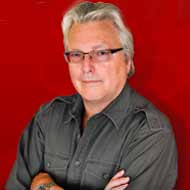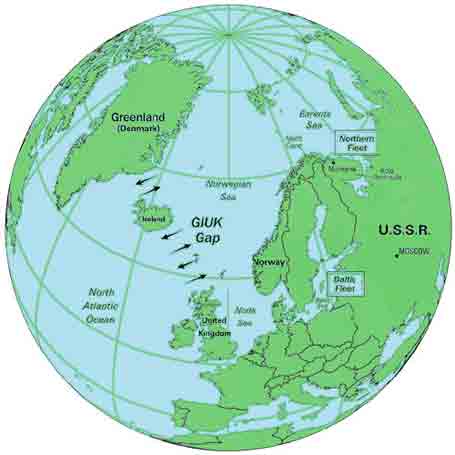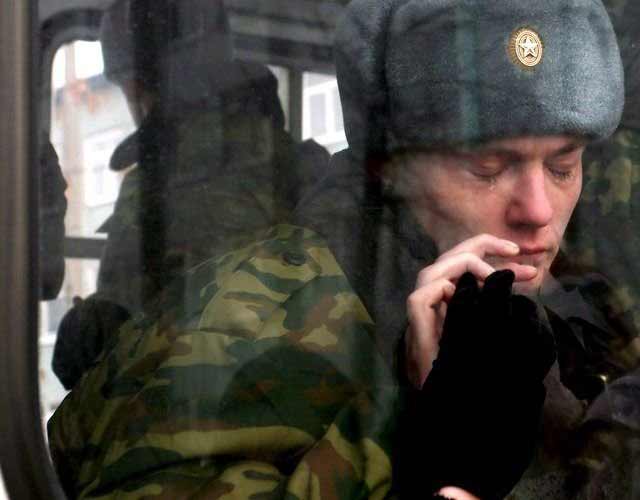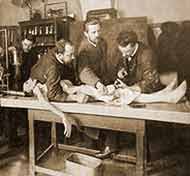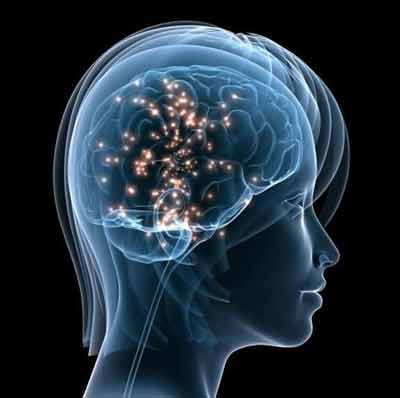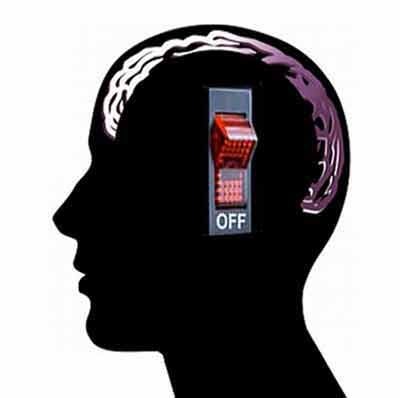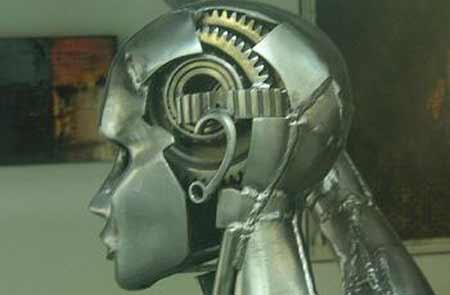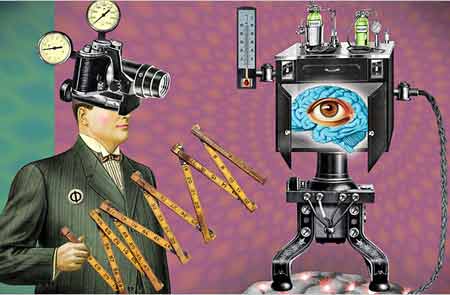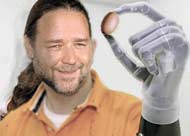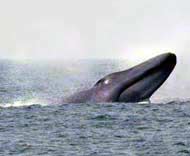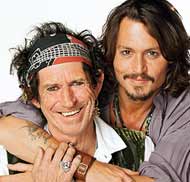On 1 September 1983 the South Korean civilian airliner Korean Air Lines Flight 007 was shot down over the Sea of Japan in prohibited Soviet airspace. All 269 passengers and crew aboard were killed, including a US Congressman. The attack brought relations between the two superpowers to a new public low. On the night of 26 September 1983, the Soviet orbital Missile Early Warning System reported a single intercontinental ballistic missile launch from the territory of the US. Lieutenant Colonel Stanislav Petrov, on duty during the incident, correctly dismissed the warning as a computer error when ground early warning radars detected no launches. Part of his reasoning was that the system was new and had malfunctioned before; also, a full-scale nuclear attack from the US would involve thousands of simultaneous launches, not a single missile. Later, the system reported 4 more ICBM launches headed to the Soviet Union, but Petrov again dismissed the reports as false. The investigation that followed revealed that the system had indeed malfunctioned and the false alarms were caused by a rare alignment of sunlight on high-altitude clouds. Archer 83 was a 10-day NATO command post exercise starting on 2 November 1983 that spanned Western Europe, situated north of the Belgian city of Mons. Able Archer exercises simulated a period of conflict escalation, culminating in a coordinated nuclear release. This exercise incorporated a new, unique format of coded communication, radio silences, participation by heads of state, and a simulated nuclear alert. The realistic nature of the exercise, deteriorating relations between the US and the Soviet Union, and the anticipated arrival of Pershing II nuclear missiles in Europe, led some members of the Soviet Politburo to think that Able Archer 83 was a ruse, obscuring preparations for a genuine nuclear first strike. The Soviet Union believed its only chance of surviving a NATO strike was to preempt it; their nuclear arsenal was readied and air units in East Germany and Poland were placed on alert. This relatively obscure incident is considered by many historians to be the closest the world has come to nuclear war since the Cuban Missile Crisis of 1962. The threat of nuclear war abruptly ended with the conclusion of the Able Archer 83 exercise on 11 November. The GIUK gap is an area in the northern Atlantic Ocean that forms a naval warfare chokepoint. Its name (typically used in military topics) is an acronym for Greenland, Iceland, and the United Kingdom, the gap being the open ocean between these landmasses.
The Norwegian rocket incident (or Black Brant scare) refers to a few minutes of post-Cold War nuclear tension that took place on 25 January 1995, more than 4 years after the end of the Cold War. The incident started when a team of Norwegian and American scientists launched a Black Brant XII 4-stage sounding rocket from the Andøya Rocket Range off the northwest coast of Norway. The rocket, which carried equipment to study the aurora borealis over Svalbard, flew on a high northbound trajectory, which included an air corridor stretching from the North Dakota Minuteman-III silos all the way to Moscow; it eventually reached an altitude of 1,453 kilometres (903 miles). Nuclear forces in Russia were put on alert and the nuclear-command suitcase was brought to President Boris Yeltsin, who then had to decide whether to launch a nuclear barrage against the US. One possibility was that the rocket had been a solitary radar-blocking electromagnetic pulse (EMP) rocket launched from a Trident missile at sea in order to blind Russian radars in the first stage of a surprise attack. In this scenario, gamma rays from a high-altitude nuclear detonation could create an EMP wave that would confuse radars and incapacitate electronic equipment. After that, according to the scenario, the real attack would start. It is reported that President Yeltsin activated his “nuclear keys” for the first time in his tenure. Russian submarine commanders were ordered to go into a state of combat readiness and prepare for nuclear retaliation. Russian doctrine reportedly allowed Yeltsin 10 minutes from the time of detection to decide on a course of action. Russian observers quickly determined that the rocket was heading away from Russian airspace and was not a threat. Reports differ as to whether or not Yeltsin came close to authorising an attack but the general consensus is that he was rapidly able to conclude there was no danger. The rocket fell to earth as planned near Spitsbergen 24 minutes after launch.
In July 1961, President Kennedy, just back from a grim Vienna summit with Khrushchev, told the story of Khrushchev’s anger over West Berlin, the island of freedom in the Soviet empire’s East Germany. Kennedy said, "You know, they have an atom bomb on the 3rd floor of their Washington embassy ." It was Kennedy’s understanding that the Soviets had brought the components of an atomic device into the building in inspection-free diplomatic pouches and assembled it in the upstairs attic. “If things get too bad and war is inevitable,” he said, “they will set it off and that’s the end of the White House and the rest of the city.” Kennedy concluded, “That’s what I’m told.” No sign of mirth. The conversation moved on. One man, who worked for 25 years at the Defense Intelligence Agency, agreed when he heard this. “You may not believe that story about the bomb in the attic, but I do. That was our understanding.”
 Animals
Animals Animation
Animation Art of Playing Cards
Art of Playing Cards Drugs
Drugs Education
Education Environment
Environment Flying
Flying History
History Humour
Humour Immigration
Immigration Info/Tech
Info/Tech Intellectual/Entertaining
Intellectual/Entertaining Lifestyles
Lifestyles Men
Men Money/Politics/Law
Money/Politics/Law New Jersey
New Jersey Odds and Oddities
Odds and Oddities Older & Under
Older & Under Photography
Photography Prisons
Prisons Relationships
Relationships Science
Science Social/Cultural
Social/Cultural Terrorism
Terrorism Wellington
Wellington Working
Working Zero Return Investment
Zero Return Investment

